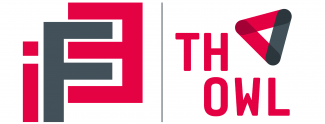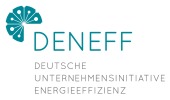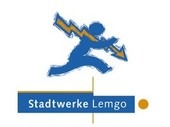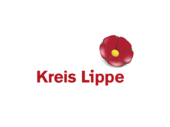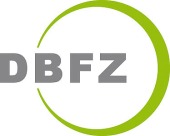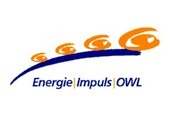Passive design strategies for improving comfort and buildings energy performance
The Climate Action Plan 2050, adopted from the German government, targets a virtually climate-neutral building stock by 2050. For achieving this goal, passive strategies need to be implemented in room conditioning, to decrease energy usage as well as operating costs. Therefore technical as well as operational measures are required and a design basis needs to be developed to implement such concepts successfully.
The contemporary office architecture with its flexible floor plan design, transparency, air tight and thermally optimized facades as well as increasing occupation density brings additional challenges for thermal comfort and in many cases active cooling is used to verify a certain comfort level. This active cooling on the other hand requires additional energy and impedes the climate neutral building operation. Passive measures provide in that relation an opportunity to compensate an active cooling, hence the dissertation sets particular focus on ceiling fans for increasing thermal comfort limits.
